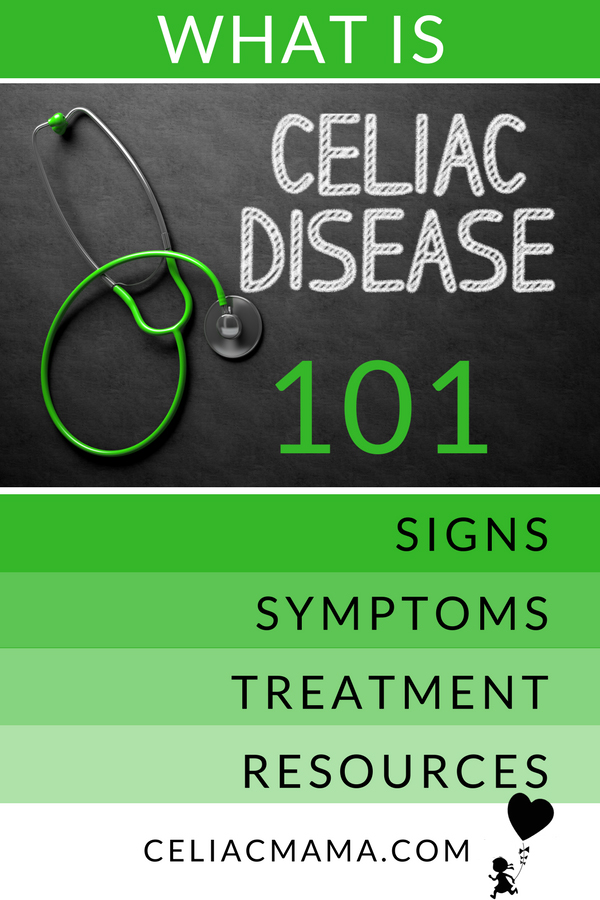What is Celiac Disease?
For starters, it is not a fad diet or a choice to eat and live gluten free. For people with celiac disease, living gluten free is a requirement of the disease to remain healthy and to prevent other diseases from developing.
Celiac disease is an autoimmune disease in which the ingestion of gluten (a protein found in wheat, barley, and rye) results in intestinal inflammation and long-lasting damage to the small intestine. Specifically, when a person with celiac disease eats foods or uses products containing gluten, the immune system responds by damaging or destroying the villi that line the small intestine. Villi are responsible for nutrient absorption, so without healthy villa people can become malnourished.

Symptoms
There are more than 300 reported symptoms of celiac disease, according to Beyond Celiac that vary from person to person. The most common include:
- Abdominal bleeding
- Chronic diarrhea
- Constipation
- Gas
- Stomach pain
- Nausea
- Vomiting
- Lactose intolerance
In young children and infants, additional symptoms can include:
- Failure to thrive
- Unexplained weight loss
- Slowed growth/delayed puberty
- Irritability or change in mood
- Stained teeth
Diagnosis & Testing
If you think you or your child might have celiac disease, it’s important to talk to a medical professional. Blood tests are generally the first step, followed by an endoscopy when recommended. In both cases, it is important to remain on a gluten diet (not gluten free) prior to the testing.
Treatment & Long-Term Health Effects
Currently, there is no medication available. The only treatment for celiac disease currently is a lifelong adherence to a gluten free lifestyle. Left untreated, it can lead to other chronic diseases including:
- Type I diabetes
- Osteoporosis
- Thyroid disease
- Multiple sclerosis
- Dermatitis herpetiformis
- Infertility/miscarriages
- Intestinal cancers
To learn more about celiac disease, please visit the following useful resources:






